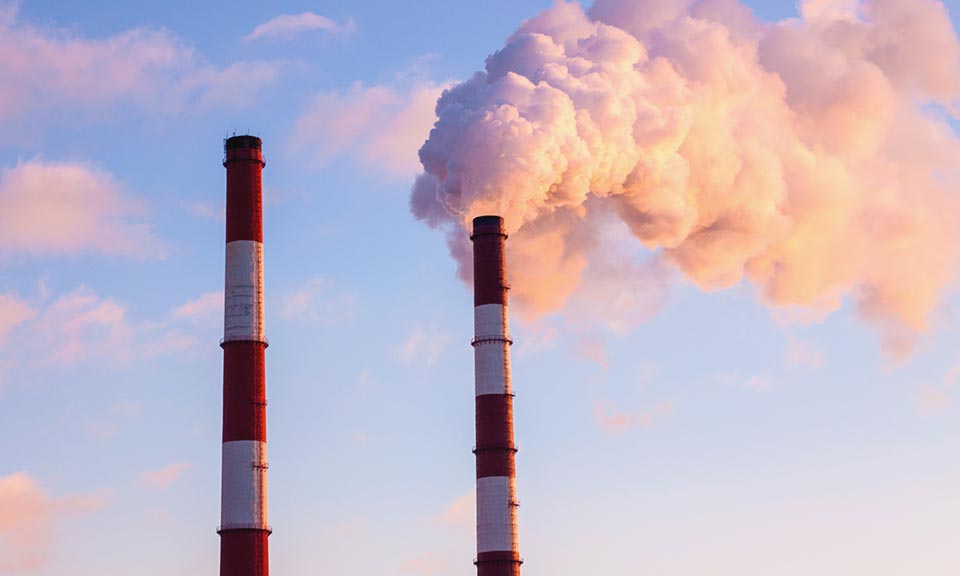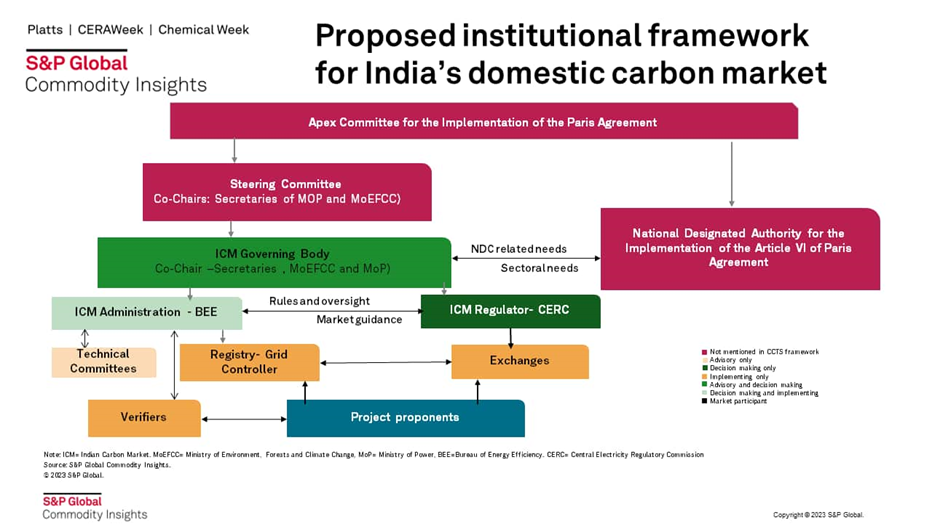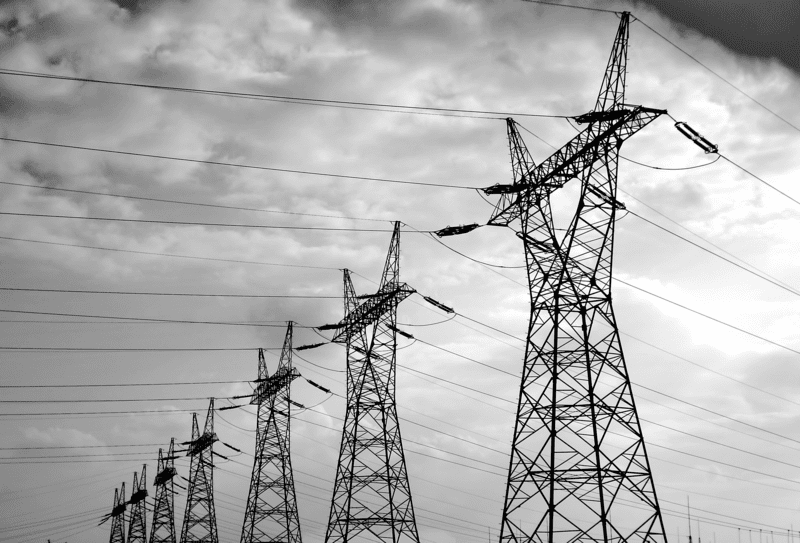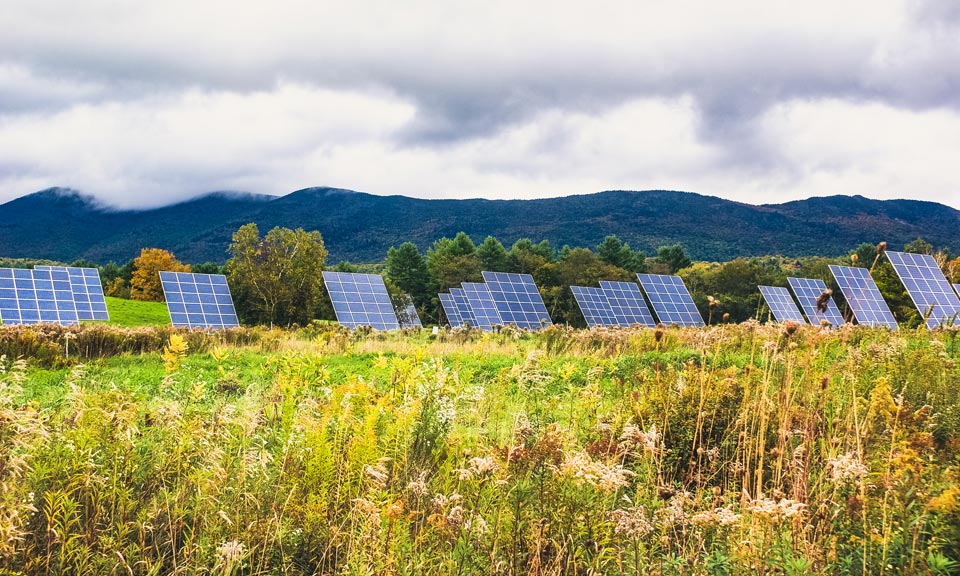India’s Draft Carbon Market Framework: Building Stakeholder Confidence

The Ministry of Power (MoP) released a draft on the Carbon Credit Trading Scheme (CCTS) on March 27, 2023, with the aim to establish a framework for the Indian carbon market (ICM). The ICM derives its legislative foundation from the Amendments to the 2001 Energy Conservation Act, adopted by the Indian legislature in December 2022. Prior to this, a more comprehensive draft carbon market policy document was formulated by the Bureau of Energy Efficiency (BEE) in October 2022. This aimed at define the scope design and other operational details of the proposed hybrid (compliance cum voluntary) carbon market[1].
The framework document goes a long way in clarifying the roles and relationships of various actors envisaged, such as the governing body, administrator, regulator, registry, verifiers, exchanges, and technical committees. It proposes to set up a governing body, named the ICM Governing Board (ICMGB) which will be co-chaired by secretaries of the Ministry of Environment, Forests and Climate Change (MoEFCC) and the Ministry of Power (MoP) and include members of several other key ministries that are linked to greenhouse gas (GHG) mitigation aiming to achieve India's nationally determined contributions (NDCs). The ICMGB will play a key role in giving direction to the ICM, framing norms, and providing oversight.
BEE will be the ICM administrator and will accredit carbon verifiers (ACVs) responsible for measuring, reporting and verification, and induct technical committees who will provide sectoral guidance on abatement potentials and costs. The registry function will be handled by the Grid Controller of India which will coordinate with market players and exchanges, receiving periodic guidance from the ICM administrator. The regulatory duties will be fulfilled by the Central Electricity Regulatory Commission (CERC), which will be responsible for balancing market power and protecting market integrity. It will also select and govern the carbon trading exchanges.

Our assessment of the framework document reveals certain areas where further enhancements, guidance, and transparency will strengthen the emerging domestic carbon market ecosystem:
Increasing participation within the governing body and through experienced knowledge council(s): In its present form, the governing body has some notable exceptions such as Agriculture, Industries and Commerce, and Small and Medium Enterprises. Others such as mining, housing and urban affairs and transport will also be useful to include in its deliberations. Similarly, the scope of technical committees could be broadened to include a knowledge council consisting of market practitioners and advisory agencies already established in this space.
Improving coordination with nationally determined contributions and between the federal and state governments: The CCTS framework omits the relationship between the ICM governance board and the Apex Committee for the Implementation of Paris Agreement (AIPA), as well as the Nationally Designated Authority for the Implementation of Article VI of the Paris Agreement (NDAIAPA) which replaces the erstwhile National CDM Authority of India[2]. While center-state coordination is critical for the ICM, the role of State Designated Agencies (SDAs) is also missing in the draft.
Clarifying norms across and among compliance and voluntary schemes: The framework does not discuss the shape and form, the Perform, Achieve and Trade (PAT) and Renewable Energy Certificates (RECs)— the two existing compliance systems— will take after the establishment of the ICM. The norms and agencies responsible to facilitate interactions between the voluntary and compliance segment are also not clarified.
Incentivizing foreign purchases for domestic carbon credits: There is but one mention of the role of ICMGB to specify the guidance for sale of carbon credits to international entities. However, any hints or specifics around timelines or phase for registration, criteria for foreign project developers, mandates or incentives for Indian projects registered on international voluntary platforms, and coordination mechanisms with such platforms and exchanges are missing. Foreign participation is key for enhancing liquidity on domestic exchanges and generating demand for Indian credits. Therefore, such norms and responsible agencies must be specified sooner rather than later.
Customers can read the full report here or log on to our Connect platform to view our full range of offerings on India's carbon market and related topics.
Past reports in this series include:
India finalizes list of Paris Agreement Article 6.2-eligible projects, revises implementation plan for national emissions trading scheme
India prepares national carbon market under Energy Conservation (Amendment) Act to deliver on NDC goal; future carbon price rise limited by plans to increase supply
Impact of carbon credit export restrictions on India's global carbon trading revenues
Webinar: Navigating the trade-offs and implementing the learnings for India's future carbon market
In the race to global net zero, what are the lessons for India's carbon market?
For more information on this research and its related service offering, please visit the Asia Pacific Regional Integrated Service page.
News
Moment of truth looms for European green hydrogen investments Energy transition highlights: Our editors and analysts bring you the biggest stories from the industry this week, from renewables to storage to carbon prices. Time is running out to get on track with Europe's ambitious 2030 hydrogen production targets as developers due to take final investment decisions battle macroeconomic headwinds, industry representatives said at the Reuters Hydrogen conference in Amsterdam. Recent years have seen a multitude of project announcements, pre-front end engineering design studies, FEED studies and preliminary investments, though FIDs have been scarce. “There are some board rooms that are getting a little bit impatient by now,” Rabobank Executive Director Hyung-ja de Zeeuw said April 9. “If you think that we’ve only got six years left until 2030, I guess 2024 is going to be a key year for clean hydrogen projects here in Europe.” Around 4% of announced clean hydrogen projects in Europe have taken FIDs, according to Hydrogen Council Director Policy and Partnerships Daria Nochevnik. Price of the week: Eur4.50/kg The price ceiling for the first pilot auction under the European Hydrogen Bank mechanism. Results will be announced April 30, with the fund expected to clear well below the cap. Editor’s pick: Premium and free content SPGlobal.com Biden's carbon capture plans inch closer to reality amid uptick in well permits The Biden administration's ambition to capture carbon dioxide on a large scale and inject it back into the ground may have seemed daunting one year ago with only two CO2 storage facilities in the US. But a boost in federal spending on the technology in 2021 and 2022 may finally be bearing fruit after a sudden uptick in permits, according to industry watchers. Australia to unveil new plan for clean energy, green manufacturing: PM Australia will unveil a new plan in 2024 to support clean energy and green manufacturing projects to compete better against other nations’ subsidy schemes such as the US’ Inflation Reduction Act to draw investments in clean fuels, Prime Minister Anthony Albanese said, in what is being seeing as a pointer to big new fund allocations coming up. Escalating geopolitical tensions may give carbon market a key role to play: GenZero Carbon markets will be most critical in a scenario where global climate action is fragmented and geopolitical tensions are at their highest, as opposed to a scenario of full climate cooperation where carbon markets are least needed, Singapore’s state-owned decarbonization investment platform GenZero said. Platts Connect European Hydrogen Bank pilot auction to clear well below Eur4.50/kg price ceiling The first pilot auction for green hydrogen production under the EU’s European Hydrogen Bank facility will clear comfortably below the price ceiling of Eur4.50/kg ($4.89/kg), Innovation Fund policy officer Johanna Schiele said April 10. The results of the first Eur800 million auction will be released on April 30, Schiele said. Hydrogen market developing in New York; regulatory, power market challenges remain Using hydrogen to generate power in New York does not currently add up economically, but there is reason for optimism as the technology to do so will likely be needed in some capacity to help meet state decarbonization goals, experts said. China’s CEIC starts construction of 100,000 mt/year capacity green ammonia project China Energy Investment Corporation, one of the country’s largest state-owned energy companies, has started construction of its renewable ammonia project in Cangzhou in the eastern province of Hebei with a planned annual production capacity of 100,000 mt, likely to be completed by Q4 2025.
News
US Solar eclipse expected to significantly reduce solar power output in several markets Energy transition highlights: Our editors and analysts bring together everything you need to know about the industry this week, from renewables to storage to carbon prices. A total solar eclipse will cross North America on April 8, passing over Mexico, the US and Canada, causing significant reductions in solar power plant output with the greatest impacts occurring in the Electric Reliability Council of Texas and PJM Interconnection power markets. An annular eclipse obscures most of the sun except for a halo of sunlight around the edge of the moon’s dark disc, while during a total eclipse the entirety of the sun will be blocked by the moon. In Dallas, the partial eclipse will begin at 12:23 pm CT, with maximum totality occurring at 1:42 pm and the partial eclipse will end at 3:02 pm, according to the National Aeronautics and Space Administration. Maximum totality will reach Cleveland at 3:15 pm ET, Buffalo at 3:20 pm, and Caribou, Maine at 3:33 pm. Solar power production in ERCOT is expected to drop to 3 GW generated during the hour of totality versus the roughly 18 GW that is usually generated during that same time of day on a clear sky day in April, according to Maxar Technologies, an advanced forecasting company that provides data to US power grid operators. As the moon’s shadow moves north through the PJM footprint, solar power output is expected to drop to around 1.6 GW during the hour of totality compared with roughly 7GW on a clear sky day in April, a Maxar spokesperson said in an email. Even under cloudy skies, PJM is preparing for temporary losses of at least 80% to 85% of the production from the approximately 8.2 GW of grid-connected solar or metered solar resources that are part of the PJM solar generation fleet in early April, the grid operator said in a media release. Price of the week: On the Intercontinental Exchange during April 5 trading, ERCOT North Hub day-ahead on-peak rose about $17.50 from its previous settlement to $27/MWh and its corresponding real-time peak contract jumped about $19 to around $29.50/MWh for April 8 delivery. Editor’s pick: Premium and free content SPGlobal.com INTERVIEW: Building a credible carbon market takes time; 'bear with us', says ICVCM A step-by-step approach to informing the market about which project methodologies meet high-quality carbon credit thresholds is considered the best way forward given the high number of methodologies involved, the Integrity Council for the Voluntary Carbon Market said. The ICVCM confirmed that carbon credit programs from American Carbon Registry, Climate Action Reserve and Gold Standard had met its high-quality Core Carbon Principle labels. China kicks off consultation on expanding compliance carbon market to cement sector China has kicked off public consultation on drafting guidelines around emissions accounting and verification for the country's cement sector, laying the foundation for its inclusion in the national compliance carbon market, the Ministry of Ecology and Environment said in a notice late April 3. Thailand's Bangchak, Japan's Sumitomo join forces for green UCO-to-SAF supply chain Thailand-based energy firm Bangchak and Japan's Sumitomo Corp. have signed a cooperative framework agreement for the procurement of used cooking oil and the sale of sustainable aviation fuel, the companies said in an April 3 joint release. Platts Connect Denmark paves way for hydrogen pipeline exporting surplus wind to Germany Denmark is paving the way for state financing for the Jutland hydrogen backbone pipeline to export surplus wind power to Germany, the energy ministry said. Political parties agreed five framework conditions that need to be met for grid operator Energinet to go-ahead with the project including a 1.4-GW or 44% of total capacity booking requirement by private companies. China’s domestic renewable energy certificate trade volume up tenfold in 2023 The annual trading volume of China’s domestic renewable energy certificates, called Green Electricity Certificates, increased almost tenfold to 96 million certificates in 2023, a record high for a year, from 9.69 million certificates in 2022, data from the country’s GEC trading platform showed. Fortescue misses FID date for key renewable hydrogen project under Genex PPA Fortescue Future Industry has missed the deadline for final investment decision (FID) for a key renewable hydrogen/ammonia project in Australia, thus failing to meet a buyer’s condition in a Power Purchase Agreement (PPA) with Genex Power, Genex said April 2.

News
A total solar eclipse will cross North America on April 8, resulting in heavily reduced solar power plant output. It will differ from an annular eclipse in that the sun will be entirely blocked by the moon, rather than partially blocked with a visible halo of sunlight. Power markets in Texas and the Mid-Atlantic region are expected to see the biggest impact in solar-powered generation. Related feature: US solar eclipse expected to significantly reduce solar power output in several markets (subscriber content) Click here for the full-size infographic

News
With rapid penetration of solar photovoltaic, wind and battery energy storage, power systems are shifting away from conventional synchronous generators towards power electronics, i.e., inverters, which may lead to risks of grid instability. Grid-forming inverter technology has been developed to support grid operation by providing similar capabilities as synchronous generators. Related report: Grid-forming technology report, 2024 (subscriber content) See the full size infographic here